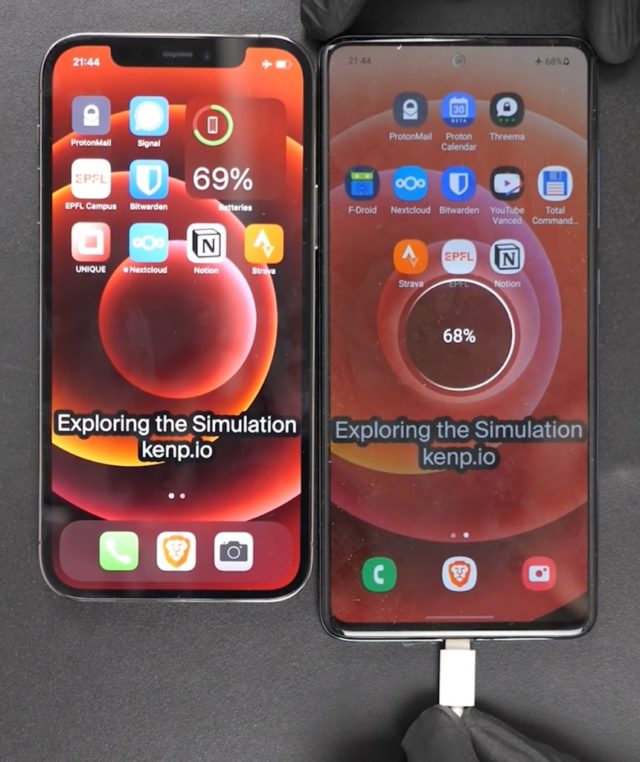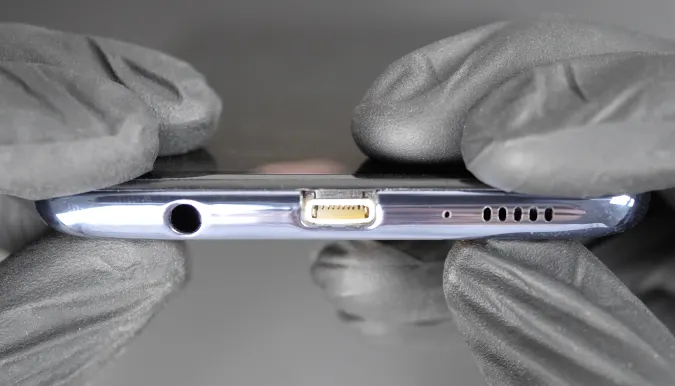Back in 2021, engineer Ken Billonel did what Apple rejected when he made the first iPhone in the world with a USB-C portAnd recently, he modified an Android phone and made a Lightning port for it that works fine, thus being the first Android phone to work with a Lightning cable for iPhone devices.

Engineer Billonil made the Lightning port for Apple devices, for the Samsung Galaxy A51, and it works as it should in terms of charging and transferring data. He said: “This was a very complex adjustment and took the time to think about how to implement it, figuring out how to make everything work harmoniously together.

He said: “The Lightning wires that Apple sells are not stupid, and they are not just wires, like others, it is a medium that transmits electricity or data, but it is intended for charging Apple devices only, meaning if there are phones with a Lightning port, it will not charge using Apple wires, so I had to I find a way to trick the cable into thinking it's connected to an Apple device. Everything has to fit on the phone, which is another challenge in itself.”
And the good thing is, Billonel had experience with his previous project, when he made the USB-C cable for the iPhone, which helped lay the foundation for the latter's operation. He said, "I would say it was easier to make a Lightning port than the previous USB-C port for the iPhone because I'm getting better at it because I'm learning new things every day, so I hope I can finish these modifications faster and faster."
"I wouldn't expect anyone of their right mind would want to do this with their devices, it was just for fun and science, I wanted to see if I could do it," he said.
Billonel says he is working on a full video explaining the process, which will soon be shown on his YouTube channel. As for the phone itself, Billonel says he'll probably keep it after running into trouble when he put up a USB-C iPhone for auction on eBay, which ended up getting more than $100000 in bogus deals.
He says, “I didn't want to be forced to try to sell it because I don't like it, but rather want to focus on my engineering and scientific projects, and while these custom modifications may not be everyone's dream device, they are a great example of what can be done even without the help of companies that Originally made.
He watched a short video of the process, and he says he will upload the full video with more details to YouTube at a later time.
Source:


Unfortunately, in a false advertisement at the beginning of the article about the Saudi Prince and I don't know what the news today is all lies, a fraud and a surprising fraud. I do not focus on advertisements
It is better for all devices to unite with a Type C port in order to get rid of the acquisition of two types of wires. It works with the same port type and similar to Android devices.